China
Taiwan’s industrial production up by 2.4% in July
Taiwan’s industrial production up by 2.4% in July
Domestic demand growth remains impressive with retail sales rising by 1.3%.
China beats the United States as the largest PC market in the world
PC shipments in China amounted to a whopping US$11.9b, beating those of the United States by US$200m.
China’s flash manufacturing PMI rises to 49.8% in August
HSBC says recent export growth was strong, with shipments expanding by 22% y-o-y in 2Q.
China’s outbound M&A deal activity up 14%
There has been no sign that the country’s interest in outbound M&A is waning as analysts expect more number of big deals in 2H2011.
Analyst warns Chinese banks on risk from rising local government debt
79% of China's local government debt were from bank loans, according to the National Audit Office.
Hong Kong’s restaurant receipts up 5.8% to $21.2bn
Total restaurant receipts increased by 1.7% and 0.4% in volume in April and June after discounting the effect of price changes.
Tightening bites: China’s Flash Manufacturing PMI drops to 48.9 in July
This is the first time flash PMI fell below 50 in a year.
China's strong GDP pushes metal prices higher
Zinc becomes the star performer, surging 13.3% in June.
Chinese consumers to become biggest luxury spenders by 2012
Luxury tax amounted to RMB1.2trn in 2010.
China more attractive than India for investors in transport infrastructure
EC Harris research found out that China emerged as the most attractive BRIC economy to invest in and most sought after place for airports investment.
China’s GDP growth forecast for 2011 falls to 8.7%
Credit Suisse says food and services inflation will rise.
China’s inflation shoots to 34-month high of 5.5% in May
This is due to the higher than expected food inflation which increased to 11.7%.
China to overtake US as biggest banking economy by 2023—PwC
Experts expect domestic banking assets to exceed US$30 trillion by 2030.
How are CFO’s responding to cash-flow problems?
Estella Ng, CFO of Country Garden Holdings, which operates residential property development and hotels in China, found that new government restrictions on mortgage funding has a sudden and dramatic impact on sales: “Mid-April admin measures, which restricted bank lending on second properties to 40%, have caused a substantial slowdown. We were fortunate that we had issued 2 US-dollar bonds just before the measures. (Standard & Poor’s assigned its ‘BB’ issue rating to the U.S.-dollar denominated unsecured US$600 million 2.5% convertible bond in August 2009.) Yes, we had a BB rating but we bought out our existing debt and raised a big chunk of additional capital at a good rate of interest – 2.5% – and had no problem raising the cash so the market saw things differently from the ratings agencies! “Of course to be able to do this we had had to track the market carefully, were ready to act promptly when the opportunity presents itself, and quickly tapped the markets for cash when we could. A good maxim is to maintain a good relationship with banks in case you need it, and track the economic trends!” Dominic Waring, Singapore-based CFO of $300m Prysmian Cables ASEAN, (formerly part of Pirelli) is quietly confident: “Basically, we think we have weathered the storm. The 2008-9 crisis led to a slowdown in orders. Not only did revenue fall, but we found ourselves locked into raw materials purchases made earlier at higher prices: when these became due there was fairly rapid pressure on cash-flow! Of course we started to manage receivables more aggressively – that is a no-brainer. But in addition we started to influence our sales mix towards early payers and away from late payers. We had already made an effort to balance payables with receivables so as to achieve a neutral or positive balance – once you have a neutral balance all margin goes directly to incremental cash-flow. Finally we squeezed down inventories and arranged revolving bank facilities to address the difference. We got this right and we have continued to pay dividends throughout.” Simon Littlewood, President of Consulting Group Asia Now which specializes in balance sheet and working capital issues in Asia, says: “These two examples show that in Asia, as everywhere else in the world, no one is immune from market fluctuation, and balance sheets can come under sudden pressure as a result either of changes in demand or (in the case of Country Garden) of government intervention. In both cases the response was a combination of actions to optimize internal cash-flow from operations linked to rapid steps to safeguard existing funding or secure new capital. Our advice to clients is to tighten working capital today, before customers come under pressure to hold payments longer or sales drop. In addition, maintain intimacy with large accounts so you can significantly reduce the risk that you will be the one they short, make sure you are the first to know when they have problems and can act accordingly. “A lesson many CFOs learned the hard way last year is that it is tough to raise cash when you need it - unless you already have the right relationships in place. An attempt to make significant changes to a funding relationship which does not have the right foundation will look to a prospective lender like poor and reactive management and will tend to scare them off!”
New lessons for Asian retailers
Why do Indonesians and Chinese spend twice as long shopping at the supermarket than Japanese and Australians? According to research done by ad agency Grey and G2, it is because many shoppers in developing countries actually spend a lot of time researching products in-store, with two thirds of shoppers admitting to spending time comparing products before making decision to buy. These and seven other fascinating insights into Asian consumers provide an interesting roadmap for marketers in their quest to dominate in Asia. Take beauty products, typically an area where brand owners spend billions in marketing in fashion magazines to influence consumers. Yet a staggering 35 % of shoppers confess to regularly buying OTC treatments and supplements based on in-store research, and the figure for beauty products stands even higher at 38 %. And brand marketers need to take note of some key differences between Asian markets. In India, 73 % of shoppers say they know exactly which brand they want to buy before they step into a store; in Malaysia that figure is 60 % whilst in China it is the lowest in Asia at just 34 %.
The boys from Brazil
As far as cultures go, Singapore and Brazil couldn’t be further apart. But when it comes to business, Singapore’s offshore and marine companies are putting on their samba shoes and learning to tango like it’s Carnivale. And the reason is oil and gas off the coast of Brazil - and lots of it, all of which requires the kind of drill rigs that companies like Keppel and Sembcorp are famous for.
HSBC helps Air China complete ECA-backed aircraft financing
Lender's experience in overseas markets gave it edge to help carrier obtain guarantees from 3 ECAs.
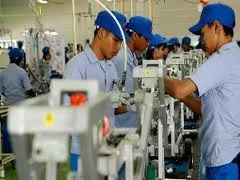

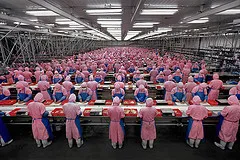

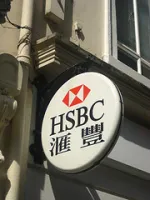
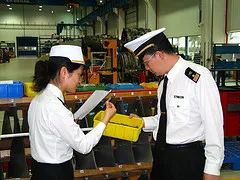
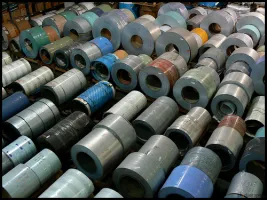


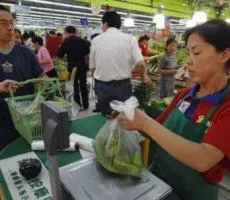
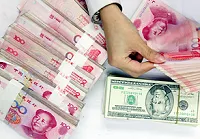
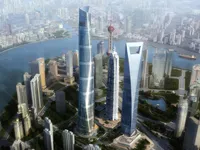

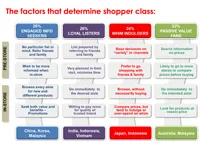
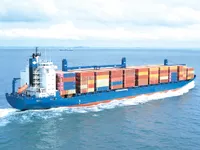
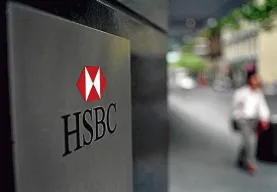

 Advertise
Advertise










